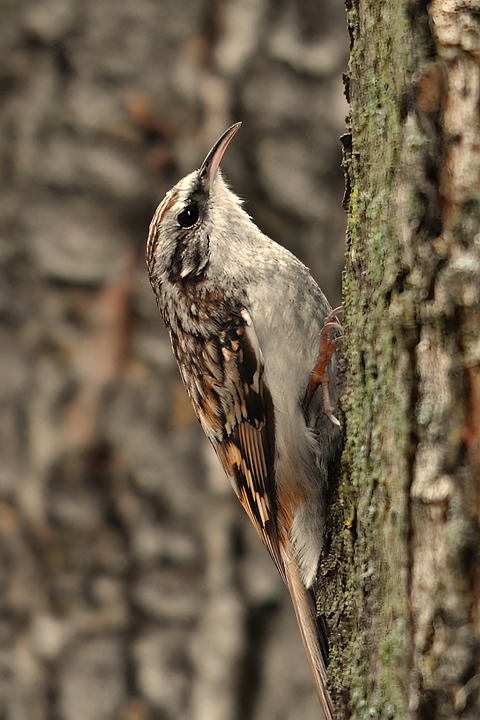In the 21st century, scientists have made remarkable discoveries of new animal species, but unfortunately, there have also been numerous extinctions. The loss of these species is a significant blow to biodiversity, with estimates ranging from two dozen to as many as 150 species becoming extinct daily. Despite the efforts of conservationists and researchers, human activities continue to play a major role in driving species to extinction.
One such species that has recently been declared extinct is the Alaotra grebe (Tachybaptus rufolavatus), also known as Delacour’s little grebe or rusty grebe. This small bird, native to the remote Lake Alaotra in Madagascar, was last confirmed to be seen in 1982. Habitat destruction and hybridization with other grebe species led to its decline, ultimately resulting in its extinction in 2010.
Another tragic loss is the baiji (Lipotes vexillifer), or Yangtze River dolphin, which was declared functionally extinct in 2006. Despite extensive efforts to locate surviving dolphins in the Yangtze River, none were found, leading to the conclusion that the species was no longer viable for survival. Overfishing, habitat loss, pollution, and poaching were among the factors contributing to the decline of the baiji dolphin population.
The Bramble Cay melomys (Melomys rubicola) was declared extinct in 2015, marking the first documented mammal extinction due to human-induced climate change. Rising sea levels and storm surges on Bramble Cay, the only place where these rodents lived, led to the loss of their habitat and eventual extinction.
The Maui akepa (Loxops ochraceus), a critically endangered songbird native to Maui, was last sighted in 1988. Habitat loss, competition from introduced species, and disease spread by mosquitoes contributed to its decline. Efforts to locate surviving birds have been unsuccessful, raising concerns about the species‘ survival.
The Moorean Viviparous Tree Snail (Partula suturalis) was declared extinct in the wild in 2009 due to the introduction of the rosy wolfsnail, a predator that eradicated native snails, including the Moorean viviparous tree snail. Despite successful breeding in captivity, reintroduction efforts have been hampered by the continued threat of predation.
The Pinta giant tortoise (Chelonoidis abingdonii) became extinct in 2012 with the death of Lonesome George, the last known individual. Efforts to clone the species have been unsuccessful, highlighting the challenges of bringing back extinct species.
The Spix’s macaw (Cyanopsitta spixii), known for its appearance in the movie „Rio,“ was declared extinct in the wild in 2019 due to illegal pet trade and habitat loss. Captive breeding programs offer hope for the species‘ survival.
The Western black rhino (Diceros bicornis ssp. longipes) was declared extinct in 2011, with poaching being a major factor in its decline. Efforts to locate the species in its last remaining habitat in northern Cameroon were unsuccessful, highlighting the urgent need for conservation measures.
The extinction of these and many other species underscores the urgent need for conservation efforts to protect biodiversity. Human activities such as habitat destruction, overexploitation, pollution, and climate change continue to threaten the survival of countless species. It is crucial for individuals, governments, and organizations to work together to preserve and protect the rich diversity of life on Earth before more species are lost forever.





